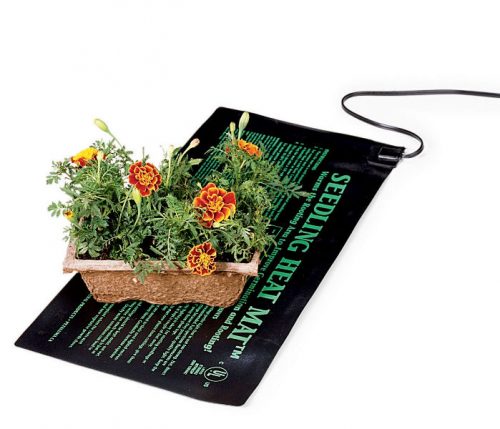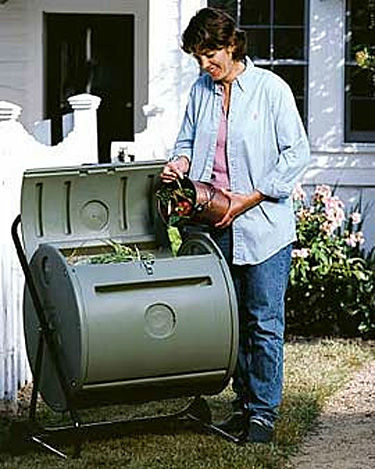A really great question came in this week:
“Dear Gardenerd,
Help! The sow bugs seem to have taken over. If they’d leave some strawberries for ME, I might cut them some slack, but they eat them ALL!! I saw some Praying Mantis eggs at Whole Foods… will they really rid my garden of the ill “pill” sow bugs?”
Ah, yes, our friendly neighborhood sowbug. Actually – I found an interesting piece of info to settle the discrepancy once and for all about the differences between sowbugs and pillbugs. It comes from Louise Kulzer in a feature called the Bug of the Month back in 1995. She says, “If it rolls up when you poke it, it’s a pillbug (family Armadillididae). If it doesn’t, it’s a sowbug.” So it looks like you’ve got pillbugs.
Technically, pill bugs are more crustacean than insect. Their hard shell makes them an isopod – related to marine animals like the crab. They basically breathe through gills.
Now that we’ve cleared that up, let’s tackle the question. How to get rid of them.
Pillbugs mainly eat dead plant matter and fecal matter in soil (also according to Louise). But they have been known to eat living plant matter as well. I found other sources who insist that pillbugs only eat dead plant matter, and therefore insist that other pests – like slugs – are most likely going in and doing the dirty work on your strawberries first, then the pillbugs come in later to “clean up the mess”. After all, pillbugs are renowned for being good helpers in the compost heap, as they help break down decomposing organic matter much faster. I happen to think this aforementioned insistence is a load of malarkey, since I have witnessed these critters making a picnic out of my strawberries too, with no trace of snail or slug trail anywhere. But still, it’s worth investigating to see if you have some early morning slugs feasting on your fruit.
That said, I have two suggestions:
1) Stop mulching around your strawberries – if you’re doing that. What do pillbugs eat? Dead plant matter. What is mulch? Dead plant matter. Welcome home pillbugs, right? If you clear all the mulch from around your strawberries, you will eliminate a hiding place for these little guys.
2) Diatomaceous earth is your friend – diatomaceous earth is a desiccant. It is basically powdered, fossilized single-celled organisms from millions of years ago. It contains microscopic shards that pierce the shells of insects (and isopods, incidentally) and generally dehydrate them to death. It’s safe around food, you just need to make sure you use diatomaceous earth that is for gardening, not swimming pools. You also have to reapply after watering, when the soil is dry again.
Also, if you can locate where these critters are sleeping, you can “relocate” them to the compost bin, where they can do some good. Let us know if this helps, and keep us posted on your results.
Thanks for writing in. Keep those questions coming.



That article was really funny!